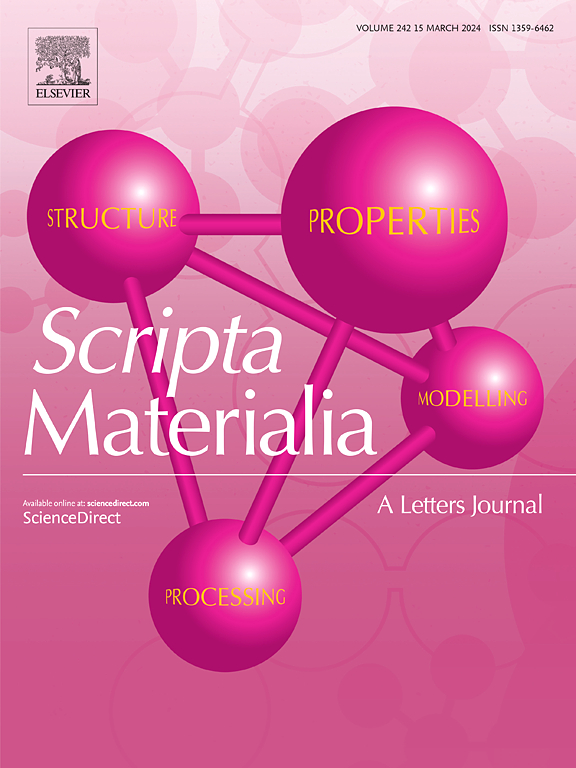The role of excess vacancies in stabilizing solute clusters in low-alloy steels
IF 5.3
2区 材料科学
Q2 MATERIALS SCIENCE, MULTIDISCIPLINARY
引用次数: 0
Abstract
The formation of solute clusters in irradiated low-alloy steels, such as reactor pressure vessel steels, is a critical cause of radiation hardening and embrittlement. However, the chemical interactions among solute elements and excess vacancies remain to be fully understood. This study employs density functional theory, cluster expansion, and lattice-based Monte Carlo simulations to examine the stability and morphology of nano-size coherent solute clusters with excess vacancies. The findings reveal that excess vacancies are crucial in stabilizing and promoting the growth of Mn-Ni-Si-vacancy clusters. A minimum of seven vacancies is required for stable nucleation and growth of these clusters. These Mn-Ni-Si clusters act as defect sinks, effectively trapping and absorbing mobile vacancies generated under irradiation. Furthermore, phosphorus (P) preferentially dissolves in Mn-Ni-Si clusters due to chemical coupling with vacancies. This study offers new insights into solute-vacancy interactions, enhancing our understanding of solute-defect cluster formation and embrittlement in low-alloy steels.

过量空位在稳定低合金钢中溶质团簇中的作用
在辐照低合金钢(如反应堆压力容器钢)中,溶质团簇的形成是导致辐射硬化和脆化的关键原因。然而,溶质元素与过量空位之间的化学相互作用仍有待充分了解。本研究采用密度泛函理论、团簇扩展和基于晶格的蒙特卡罗模拟来研究具有多余空位的纳米级相干溶质团簇的稳定性和形态。研究结果表明,过量空位对于稳定和促进mn - ni - si空位簇的生长至关重要。要使这些团簇稳定成核和生长,至少需要七个空缺。这些Mn-Ni-Si簇作为缺陷汇,有效地捕获和吸收辐射下产生的移动空位。此外,磷(P)由于与空位的化学偶联而优先溶解在Mn-Ni-Si簇中。这项研究为溶质-空位相互作用提供了新的见解,增强了我们对低合金钢中溶质-缺陷团簇形成和脆化的理解。
本文章由计算机程序翻译,如有差异,请以英文原文为准。
求助全文
约1分钟内获得全文
求助全文
来源期刊

Scripta Materialia
工程技术-材料科学:综合
CiteScore
11.40
自引率
5.00%
发文量
581
审稿时长
34 days
期刊介绍:
Scripta Materialia is a LETTERS journal of Acta Materialia, providing a forum for the rapid publication of short communications on the relationship between the structure and the properties of inorganic materials. The emphasis is on originality rather than incremental research. Short reports on the development of materials with novel or substantially improved properties are also welcomed. Emphasis is on either the functional or mechanical behavior of metals, ceramics and semiconductors at all length scales.
 求助内容:
求助内容: 应助结果提醒方式:
应助结果提醒方式:


